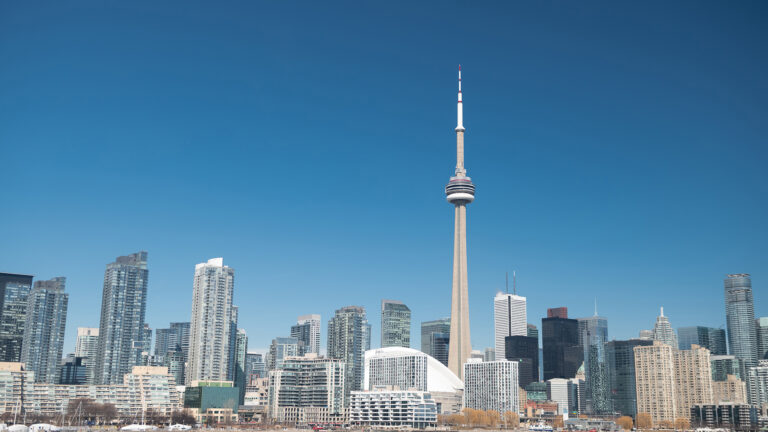By David G. Barry
For the first
time since the global financial crisis of 2009, the California Public
Employees’ Retirement System (CalPERS) has reported its first fiscal year
loss.
The Sacramento, Calif., system announced a preliminary negative 6.1% net return
on investments for the 12-month period ending June 30, and assets under
management of $440 billion. For the 2020-21 fiscal year, CalPERS reported a
positive 21.3% return and had assets of $469 billion. The system’s overall
funded status stands at 72%.
It is worth noting, though, that CalPERS for the 2021-22 fiscal year
outperformed its benchmark which was at negative 7%. In 2020-21, it actually
lagged its benchmark of positive 21.7%.
CalPERS has generated a gain of 6.7% over the past five years, 7.7% over 10 years
and 6.9% for 20 years.
In a conference call, Deputy Chief Investment Officer Dan Bienvenue said
“the main driver” of the negative results was the downturn in public markets,
which accounted for 50% of CalPERS’ portfolio. Thanks to an array of factors including
volatile global financial markets, geopolitical instability, inflation, and the
Fed’s hiking of interest rates, the system’s global equity portfolio was down
13.1%.
Bienvenue, who served as interim CIO through most of the fiscal year, described
2021-22 as a “dichotomy” between the “buoyant” first half and what occurred in
the second half.
CalPERS also was not helped by the fact that fixed income – usually an offset to
stocks – also was down. Fixed income accounted for 28% of the system’s
portfolio and was down 14.5%.
The one thing that kept the results from being worse were the returns from
private markets. CalPERS’ private equity portfolio had a 21.3% return while
real assets generated 24.1%. Private market results are three months behind, so
those numbers are through March 31.
Also on the conference call, Nicole Musicco, who recently joined CalPERS
as CIO, said that a portion of its recent $6 billon secondary sale of private
equity stakes were included in the year-end numbers.
Going forward, said Musicco, the focus going forward will be “on maintaining
and strengthening the portfolio through innovation, strong governance and
accountability.”
To that end, she said a “bunch of time” is being spent to ensure that organizational
charts are positioned appropriately to deal with CalPERS’ new asset allocation.
Approved in November and in effect on July 1, the plan calls for CalPERS to
decrease its target to global equities from 50% to 42%, fixed income from 30%
to 28%, and real assets from 15% to 13%. Meanwhile, its private equity target
will rise from 8% to 13% and private debt will go from zero to 5%.
Musicco added that the plan will be looking to “innovate” in terms of its
public assets while taking advantage of “the great relationships” the private
markets team has built to do more co-investing with its private equity, real
estate and infrastructure managers. Musicco said her goal would be for 50% of
private markets investments to be tied to co-investing.
As for how CalPERS’ private markets portfolio
might fare going forward, she said she felt “confident” in what is occurring in
the portfolio and its “diversification.”












